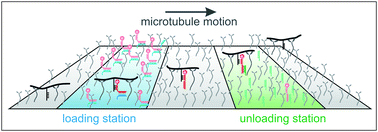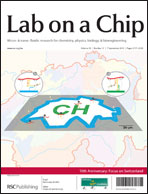Molecular shuttles powered by motorproteins: loading and unloading stations for nanocargo integrated into one device†‡
Abstract
A central challenge on the way to engineer novel materials and nanodevices comprising active

- This article is part of the themed collection: 10 Anniversary Issue: Switzerland

 Please wait while we load your content...
Please wait while we load your content...